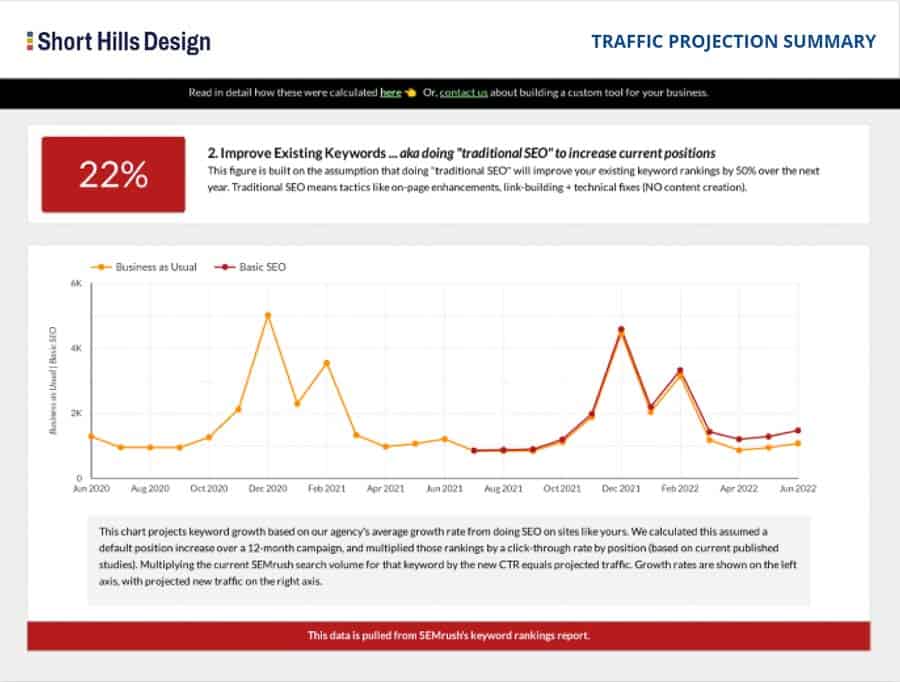Nobody know the exact details of Google’s search ranking algorithm, but it is well established that content that is more recent (“fresh”) may have a greater chance of ranking higher in search results vs. content that is older. The thought behind this idea is that people want to read the most current content, so fresher content should be made more prominent to meet the needs of users.
You may have already figured out that one of the best ways to maintain a level of fresh content on your website is to blog regularly. If you are writing an article once per month, the odds are that you are covering some of the most popular topics searched for in dentistry (implants, dentures, Invisalign, etc.). So if you have these relatively new articles on your website, hopefully these are the blog posts that will come up when people search for a related topic.
Everyone is in the same boat when it comes to static – or non-changing – pages. Your bio is likely not going to change much, and your office history is also content that’s not going to get updated regularly. The bottom line with all search, however, is still the idea that “content is king” and that search engines want people to find the most relevant results when they search. So if someone is searching for “bio for Dr. Wank” or “history of ABC dental office”, these static pages should still rank well for these searches because they are the pages that ultimately are the most relevant. Now if there were 10 different “Meet Dr. Wank” pages, then yes, the freshness may be a factor in the search rankings, but this situation is unlikely for your practice’s site.
The Google search algorithm uses more than 300 factors when determining the ranking of a particular web page. The freshness or recentness of content is an important factor in the overall ranking of your web pages, and it should be considered alongside other ranking factors. The great part about blogging, is that that act of writing articles in and of itself will help you in “freshness department” - with no extra effort on your part. In Part IV of this series, I’m going to talk about how to determine what visitors do when they do get to your website, and why the count of “visitors” is far less important than the count of “new patients”.

